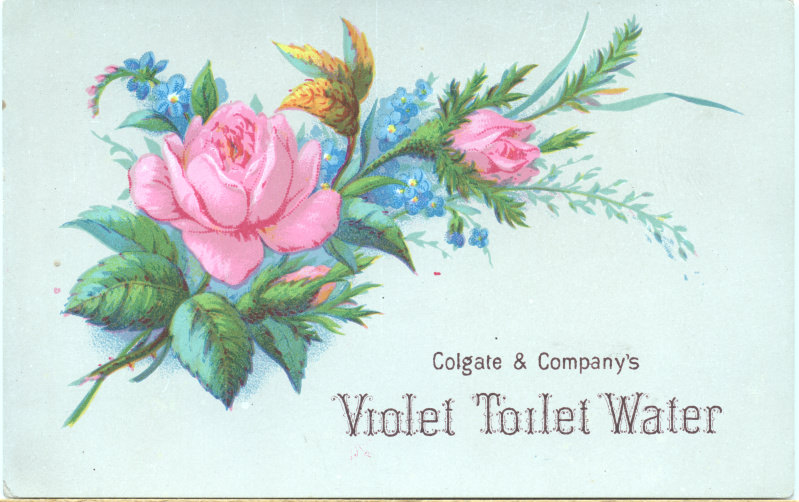Entertainment
10 Hilarious and Bizarre Gadgets from the 1800s
By Jake Beardslee · February 28, 2024
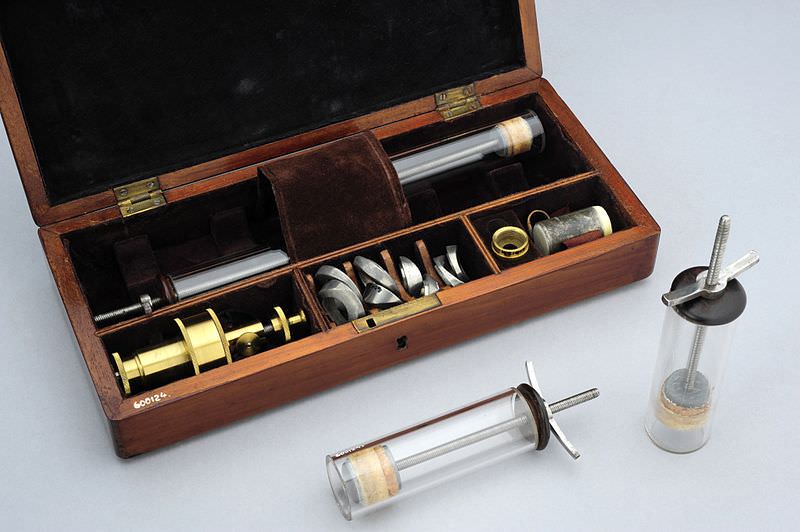
10 Hilarious and Bizarre Gadgets from the 1800s
The Victorian era was a period of rapid technological advancement and innovation. However, not all inventions and devices dreamed up during Queen Victoria's reign from 1837 to 1901 turned out to be practical or safe. Here are 10 of the wackiest and most ridiculous contraptions produced in the name of progress during the 19th century. Wellcome Images/Wikimedia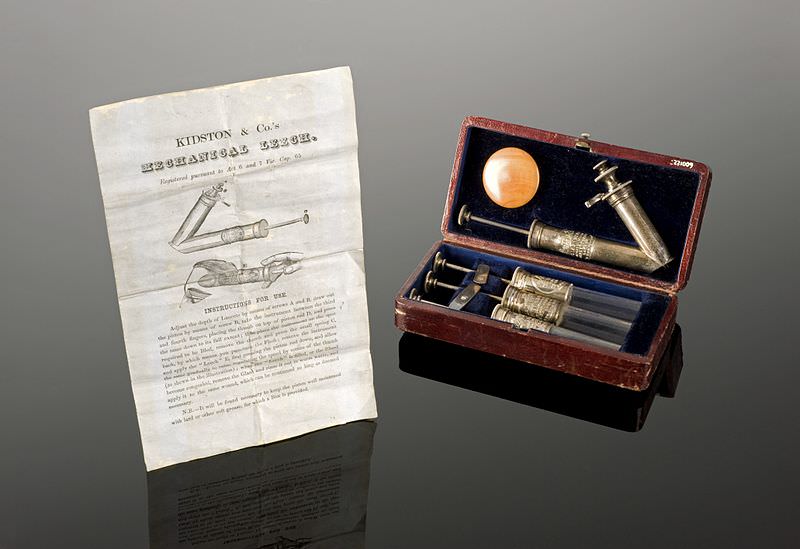
1. Mechanical leeches
Invented in the 1850s, these metal devices were designed to perform bloodletting, a popular medical treatment at the time believed to cure all manner of diseases. The "leech" was a hinged metal cylinder with internal blades and a pump to suck blood. It would pierce the skin and remove blood from the patient. Though touted as a hygienic alternative to live leeches, the devices caused significant pain and injury. The unrelenting loss of blood often made patients weaker. Despite their lack of efficacy and dangers, mechanical leeches continued to be used in medical practice for decades after their invention. Wellcome Images/Wikimedia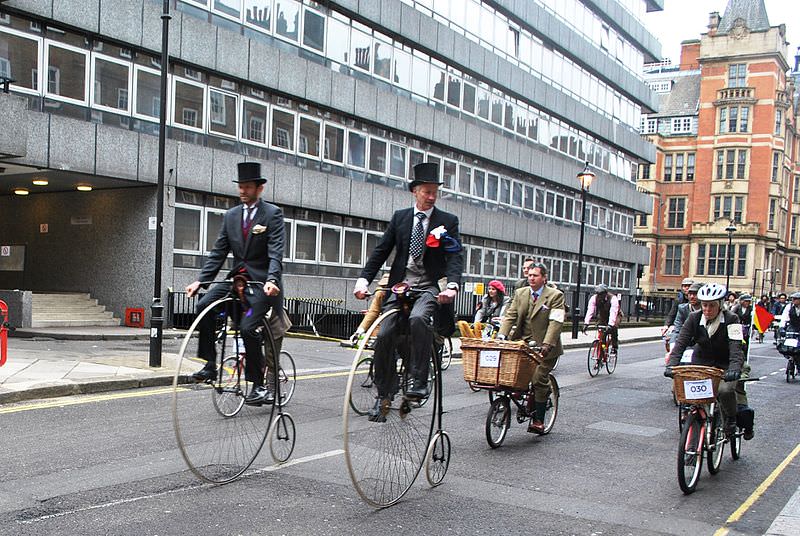
2. Penny farthing bicycles
The penny farthing, with one giant front wheel and one small rear wheel, was the first widely popular bicycle design in the 1870s. Though they gave bike riders unprecedented speed, the penny farthing was incredibly tricky and hazardous to ride. Mounting and dismounting required athleticism to leap over the tall front wheel. The riding position was high up and unstable. The risks of falling were constant, especially with the lack of brakes. Still, daring young men competed in penny farthing races to show off their skill in mastering these wacky contraptions. Elisa.rolle/Wikimedia
3. Phrenology head
Phrenology was a pseudo-scientific practice popular in the 1800s that involved studying the shape of the skull to determine mental faculties and character traits. Practitioners would feel and measure head bumps with specialized phrenology heads - life-like busts marked with labeled skull regions linking to specific abilities or propensities. While phrenology was debunked as quackery, for a time, people seriously consulted phrenologists for insights into health, careers, relationships, and self-knowledge based on an analysis of their head shape. PD-US/Wikimedia
4. Electromagnetic corset
In the late 1800s, numerous inventions claimed to cure diseases by applying electricity to the body. Among them was the electromagnetic corset patented in 1888. It contained magnets and coils to produce electromagnetic pulses around a woman's waist. This supposed medical corset claimed benefits like easing indigestion, reducing fat, strengthening abdominal muscles, and generally protecting women's health. Of course, these corsets had no actual therapeutic value, yet they remained popular through the 1890s as Victorians were enamored with electricity's potential healing powers. Internet Archive Book Images/Wikimedia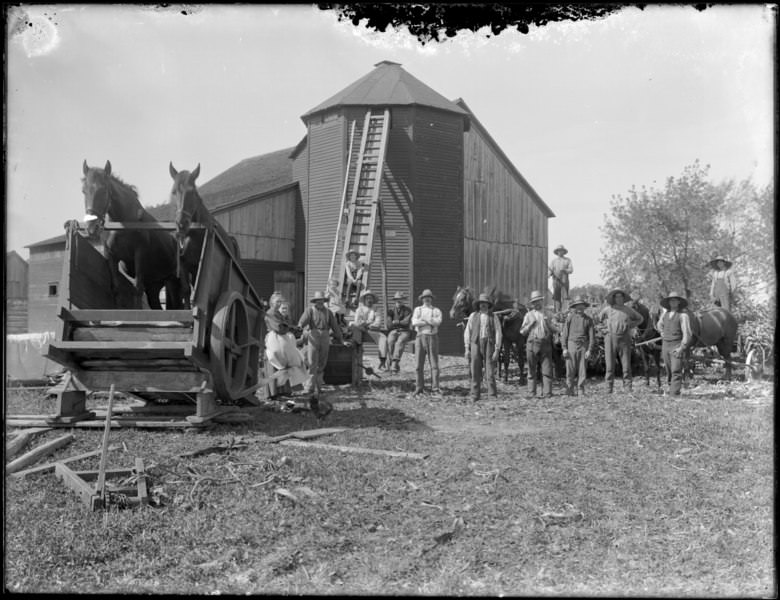
5. Horse treadmills
In the early 1800s, horse treadmills were utilized to operate machinery before widespread electrification. A horse would walk on a wide rotating cylinder or treadmill, turning a shaft connected to mills, pumps, generators, or other equipment. While moderately effective as a power source, the work was extremely tedious and tiring for horses. They were confined in harnesses and made to walk for hours without rest performing repetitive drudgery. Treating animals this way would be considered unethical today, but horse treadmills were common in the Victorian era. Bartle Brothers/Wikimedia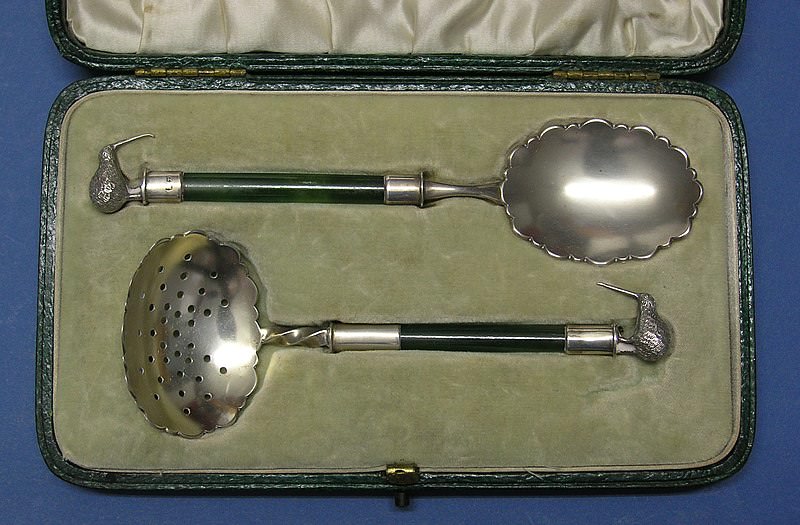
6. Mustache spoon
In the Victorian heyday of extravagant mustaches, specially designed spoons were created to protect a gentleman's prized facial hair while eating soup. These mustache spoons had raised edges to keep soup contained while the edge of the spoon extended beyond the upper lip. No mustached man wanted to ruin a perfect wax curl or get soup in his whiskers. Thus, the mustache spoon enabled proper soup consumption along with preserving mustache dignity. They represented Victorian male vanity at its finest. Auckland Museum/Wikimedia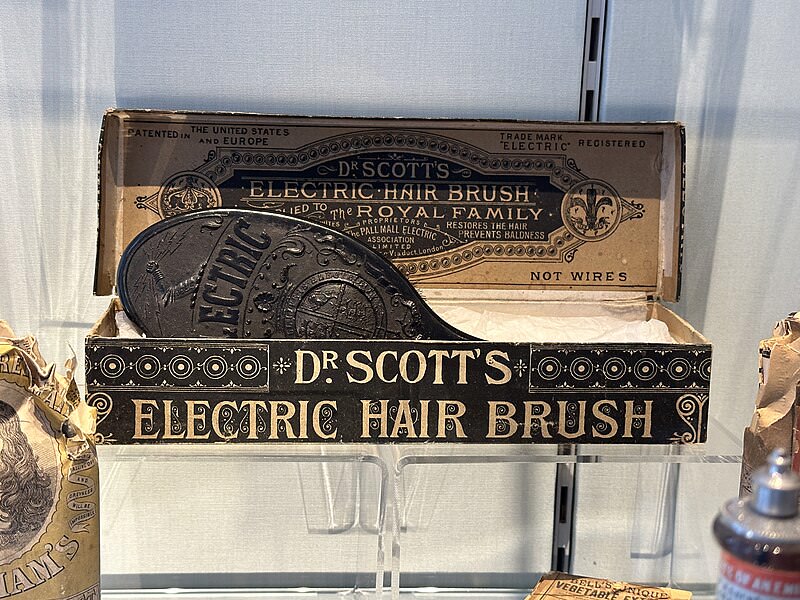
7. Electric hairbrush
Among the wacky personal electric devices of the late 1800s was an electric hair brush intended to stimulate hair growth. Separate, interchangeable brushes were available for scalp and mustache use. The user would turn on the battery-operated device and gently brush their hair. Allegedly the electric current would rejuvenate dormant hair follicles and cure baldness after consistent use. Of course, the claims were spurious, yet electric hairbrush companies profited from male anxiety over hair loss. The peculiar invention fell out of favor around the turn of the century. Matt Brown/Wikimedia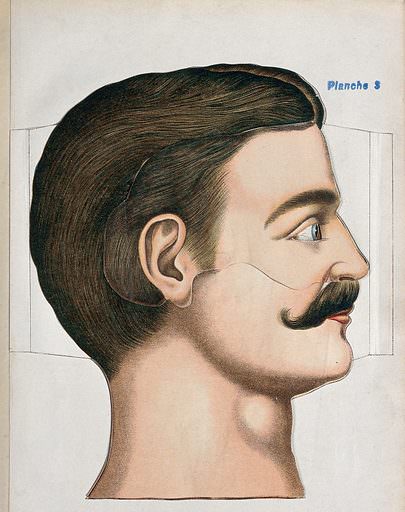
8. Moustache Trainer
This odd device consisted of a hard frame that fit over the mouth and nose with small clamps to grab onto one's moustache. The purpose was to train the moustache hairs to grow downward by forcibly bending them. While moustache wax already existed to style facial hair, some Victorian men used this painful-looking contraption at night or for prolonged periods to achieve the desired look. It must have been very uncomfortable to wear, yet vanity outweighed practicality when it came to lustrous moustaches in the 1800s. Like many fanciful Victorian gadgets, the moustache trainer proved an absurd and nonsensical invention. Wellcome Images/Wikimedia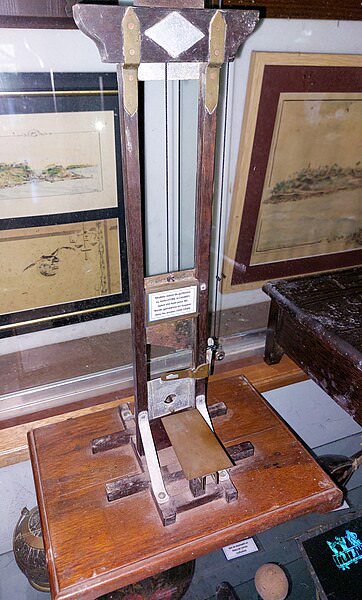
9. Cigar Guillotine
This bizarre tabletop device consisted of a bladed frame designed specifically to cut the ends off of cigars. Rather than simply using a cigar cutter, Victorian gentlemen could lop off the tip of their stogie in one swift motion with the pull of a lever, just like executing a criminal with the real guillotine. It was an overly elaborate and macabre solution to clipping a cigar. Don-vip/Wikimedia